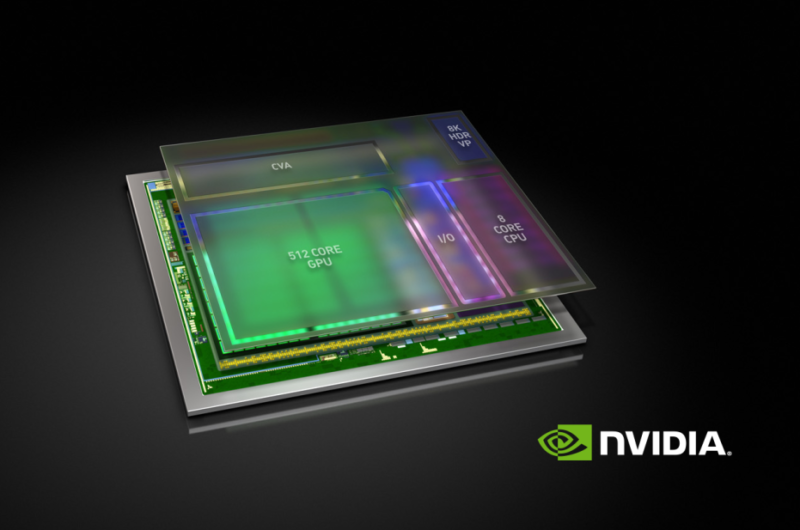Nvidia’s Xavier: An AI Supercomputer for Self-Driving Cars
Nvidia’s Xavier, unveiled at the GPU Technology Conference Europe, is a revolutionary system-on-a-chip designed specifically for self-driving cars. Boasting an incredible 20 trillion operations per second, it packs immense computing power into a 20-watt package. This chip, described by Nvidia CEO Jen-Hsun Huang as the “greatest SoC endeavor” the company has undertaken, surpasses its current DRIVE PX 2 system in terms of performance and efficiency, while consuming less power.
Designed to meet the stringent ISO 26262 functional safety standards for automotive electronics, Xavier is set to be the driving force behind the next generation of self-driving cars. It is expected to be used by car manufacturers, suppliers, research institutions, and startups seeking to develop and test their autonomous driving technology.

Nvidia’s commitment to autonomous driving goes beyond hardware. The company has partnered with mapping specialist TomTom to provide real-time, localized mapping data for highway and freeway driving. Additionally, Nvidia has demonstrated its own AI-powered self-driving research vehicle that learns to drive by observing human behavior.
While Xavier is currently being sampled and won’t be seen in consumer vehicles until 2017, its arrival signifies a major shift towards a future where AI takes the wheel. Nvidia’s ambitions in the autonomous driving space are clear, and it appears the company is poised to become a dominant player in this rapidly evolving field.